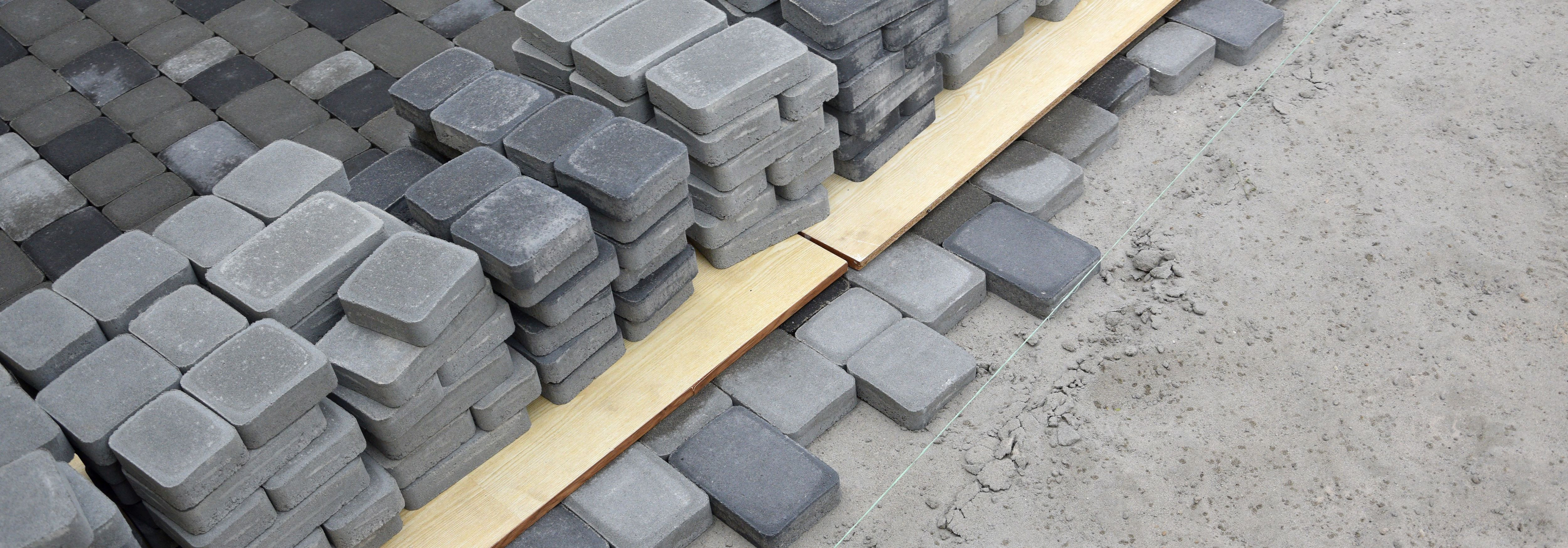The ultimate guide to installing paving stones
Paving stones, also known as pavers, are a popular choice for outdoor surfaces due to their durability, versatility, and aesthetic appeal. They provide a long-lasting solution for patios, driveways, walkways, and other outdoor spaces.
Paving stones offer numerous advantages over other materials, including increased property value, ease of maintenance, and resistance to weather conditions. They also come in a variety of colors, shapes, and textures, allowing for custom designs that enhance the beauty of any landscape.
At COLUMBIA-KIVI AS, we provide a wide range of high-quality paving stones suitable for any project. From traditional cobblestone to modern slate, our selection caters to both aesthetic preferences and functional requirements.
Planning Your Paving Stone Project
When planning your project, consider the overall design, including the layout, patterns, and integration with existing landscape elements. It's important to envision the completed project and how it will complement your property.
Accurate measurements are crucial for determining the amount of materials needed. This includes not only the paving stones but also the base materials and jointing compounds.
Selecting the right paving stones involves considering the intended use, load-bearing requirements, and the desired aesthetic. Our team at COLUMBIA-KIVI AS can assist you in making the perfect choice for your project.
Preparation for Installation
Before beginning the installation, ensure you have all the necessary tools and materials. This includes safety gear, measuring tools, a shovel, a tamper, and more.
Proper site preparation is key to a successful installation. This involves clearing the area, setting the grade, and excavating to the appropriate depth.
A solid base is essential for the longevity of your paving stone surface. This typically involves laying and compacting a layer of gravel followed by a layer of sand.
Laying the Paving Stones
Begin by setting a corner or edge stone as a reference point. Ensure it is level and aligned before proceeding with the rest of the installation.
There are various techniques and patterns to choose from when laying paving stones. Some may require more cutting and fitting than others, so select a pattern that suits your skill level and project complexity.
Cutting paving stones may be necessary to fit edges and obstacles. Use the appropriate tools and techniques to ensure clean cuts and minimize waste.
Finishing Touches
Once all the stones are in place, they need to be secured. This can involve tamping them down and adding edge restraints to prevent shifting.
Jointing compounds or sand is used to fill the gaps between paving stones, which helps lock them in place and prevents weed growth.
After installation, cleaning and sealing your paving stones can protect them from stains and enhance their color. It also extends the life of your paved surface.






Comments (0)